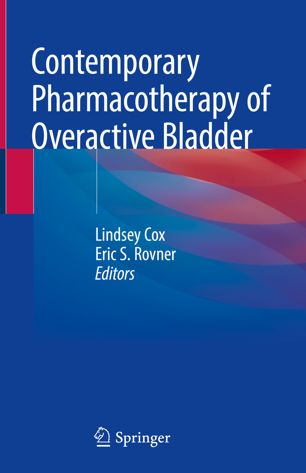

Most ebook files are in PDF format, so you can easily read them using various software such as Foxit Reader or directly on the Google Chrome browser.
Some ebook files are released by publishers in other formats such as .awz, .mobi, .epub, .fb2, etc. You may need to install specific software to read these formats on mobile/PC, such as Calibre.
Please read the tutorial at this link: https://ebookbell.com/faq
We offer FREE conversion to the popular formats you request; however, this may take some time. Therefore, right after payment, please email us, and we will try to provide the service as quickly as possible.
For some exceptional file formats or broken links (if any), please refrain from opening any disputes. Instead, email us first, and we will try to assist within a maximum of 6 hours.
EbookBell Team

0.0
0 reviewsThis text provides a comprehensive, state-of-the art review of pharmacotherapy for the overactive bladder, and serve as a valuable resource forclinicians, surgeons, and researchers with an interest in OAB. The early chapters will describe the pathophysiology of OAB, algorithm, and provide the readers with a practical guide for evaluating the OAB patient. The next section describes the unique challenges involved in the study of OAB and helps the reader navigate the complexities of the literature on the topic. All chapters are written by experts in their fields and include the most up-to-date scientific and clinical information. The text includes a review of the clinical guidelines for OAB, and a detailed description of the individual therapies, including antimuscarinics, Beta-3 agonists, (insert comma) and chemodenervation. Extensive tabulation of contemporary literature makes this a matchless resource that provides a detailed account of the current evidence for the use of each of these therapies. The text concludes with chapters on unique populations with OAB, and future directions in the research field.
Contemporary Pharmacotherapy of Overactive Bladder unites a unique set of thought leaders in the field of voiding dysfunction to create a comprehensive resource that will be useful for a variety of clinicians who treat OAB, including urologists, urogynecologists, general gynecologists, family practitioners, and geriatricians.